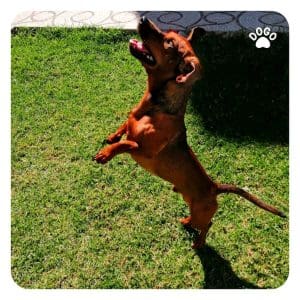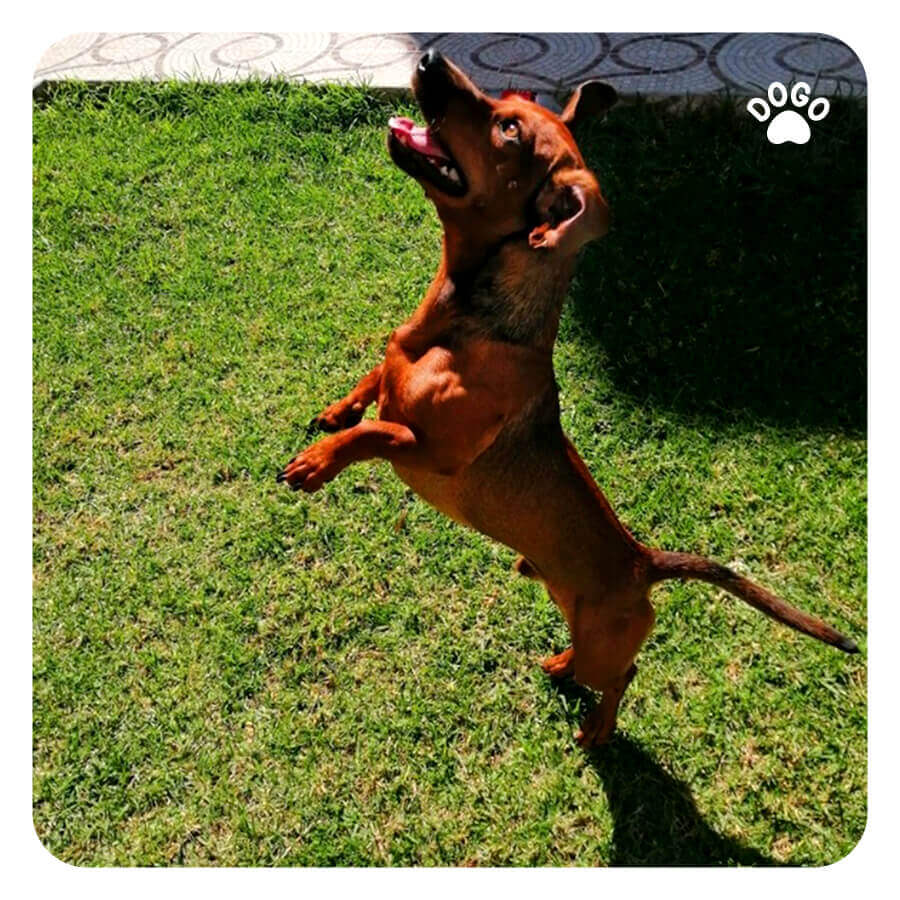 As dog owners, we love our furry friends, but sometimes their overenthusiastic greetings can be a bit much, especially when they jump on people. Whether it’s a visitor at the door or a family member returning home, a jumping dog can be overwhelming. But fear not; training your dog not to jump is entirely possible with patience and consistency. In this blog post, we’ll explore effective methods to teach your dog proper greeting behavior.
As dog owners, we love our furry friends, but sometimes their overenthusiastic greetings can be a bit much, especially when they jump on people. Whether it’s a visitor at the door or a family member returning home, a jumping dog can be overwhelming. But fear not; training your dog not to jump is entirely possible with patience and consistency. In this blog post, we’ll explore effective methods to teach your dog proper greeting behavior.
Understanding the Behavior
First and foremost, it’s essential to recognize that jumping is a natural behavior for dogs. In the wild, puppies jump up to lick the mouths of adult dogs to prompt regurgitation of food. This behavior is then carried over into their interactions with humans. When a dog jumps on us, they are merely trying to engage with us in a way that feels natural to them. It’s not a sign of aggression; rather, it’s a display of excitement and affection. Understanding this can help us approach training with empathy and patience.
Consistency is Key
Consistency is vital when training your dog not to jump. Everyone in your household, as well as frequent visitors, should be on the same page when it comes to training your dog. Mixed messages can confuse your pet and impede progress. Consistency means establishing a set of rules and enforcing them each time your dog is in a situation where jumping may occur. This might be challenging at first, but with time and dedication, your dog will learn what is expected of them.
Training Techniques
One effective way to dissuade jumping is to ignore the behavior. When your dog jumps, turn away and avoid any form of interaction or eye contact. This communicates to your dog that jumping will not result in attention. Once your dog has all four paws on the ground, give them attention and praise. Consistently practicing this method will help your dog understand that staying down results in positive reinforcement.
Another approach is to teach an alternative behavior, such as “sit.” When your dog is approaching someone, encourage them to sit, and reward them for doing so. By replacing the jumping behavior with a more desirable action, you are effectively redirecting their energy and teaching them a more appropriate way to greet people.
Positive Reinforcement
Positive reinforcement is a powerful tool in dog training. When your dog behaves as desired, whether it’s sitting instead of jumping or simply keeping all four paws on the ground, be sure to reward them. This can be in the form of verbal praise, treats, or physical affection, depending on what motivates your dog. Positive reinforcement helps your dog associate good behavior with positive outcomes, making them more likely to repeat that behavior in the future.
Patience and Understanding
It’s important to approach training your dog not to jump with patience and understanding. Remember, your dog is not being intentionally disobedient; they are simply responding to their natural instincts. Training takes time, and setbacks are normal. Be patient with your furry friend, and remember that consistency and positive reinforcement will yield results over time.
Training your dog not to jump is a process that requires dedication and consistency. By understanding the behavior, establishing clear rules, and employing positive reinforcement, you can teach your dog more appropriate greeting behaviors. With patience and empathy, you’ll be able to enjoy a well-mannered, polite pooch who greets guests with a wagging tail and all four paws firmly on the ground.[/fusion_text]



